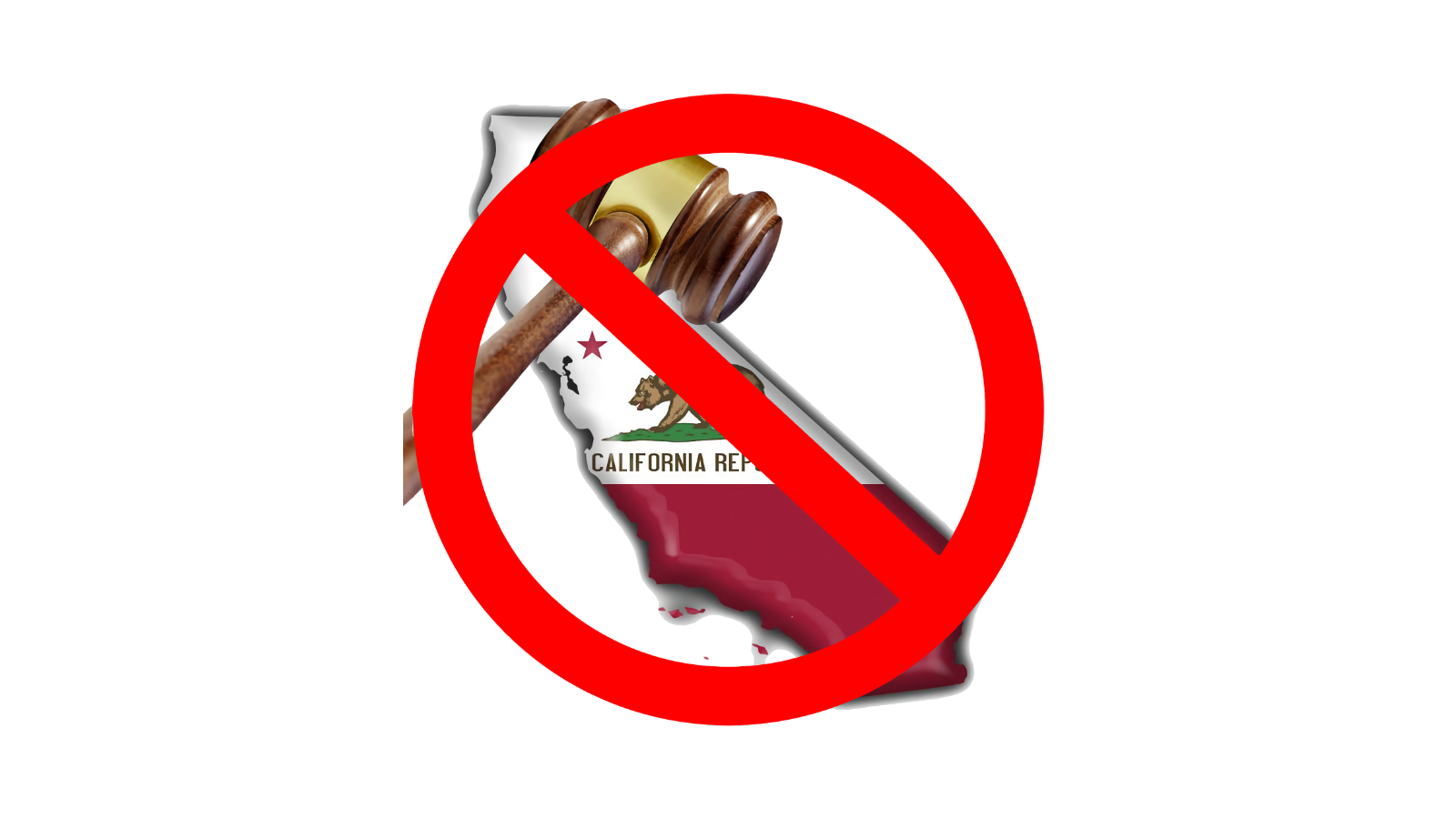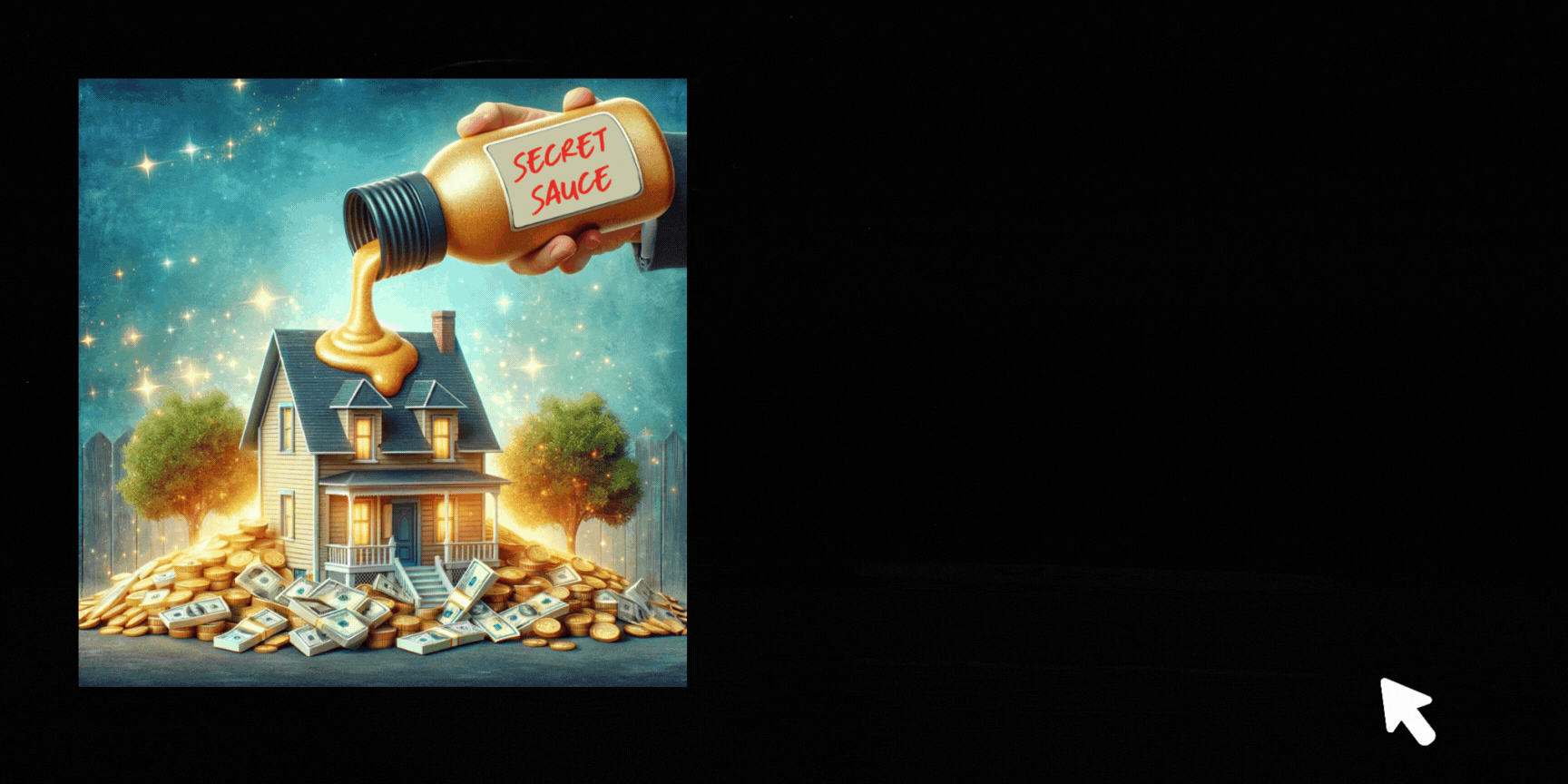“Probate” is the court-supervised administration of a decedent’s estate. The procedure begins with the filing of a petition with a probate court for the probate of a decedent’s will or for letters of administration if there is no will.
The probate proceeding involves “proving the will” (if there is a will), appointing the personal representative, determining the decedent’s assets which are subject to probate, determining and paying the decedent’s debts and taxes, and transferring title to the beneficiaries (if there is a will) or to the heirs at law (if there is no will).
For more information about probate and the transfer of real property, please see this article, California Probate Sales of Real Property.
The probate proceeding, generally, is required only for property to which the decedent directly held title at his or her death, and not property which is indirectly held, property owned by contract, or which passes by operation of law to another at the decedent’s death.
The following property is not subject to probate administration:
- Property held in a trust
- Property held by decedent as a fiduciary or as trustee for another
- Property held in joint tenancy
- Property held in a multi-party account
- Property which is a life estate
- Property held as community property with the right of survivorship
- United States Savings Bonds
- TOD (Transfer on Death ) Registered Securities
- Property owned by contract such as life insurance proceeds (unless the policy directs payment to “the estate”)
- Benefits payable to a designated beneficiary such as retirement programs, IRA or Keogh plans, deferred compensation benefits, annuities
- Benefits payable to a designated beneficiary on a POD (Payable on Death ) bank account
- Employment-related death benefits
- Statutory benefits such as social security, veterans’ benefits, or workers’ compensation that have POD provisions for naming beneficiaries
- Automobiles (and other vehicles or vessels) owned in beneficiary form (form of ownership includes one owner and a direction to transfer ownership of the vehicle/vessel to a designated beneficiary on the owner’s death)
- Mobile homes, commercial coaches, truck campers, floating homes
When a spouse (or registered domestic partner) dies without a will, the property goes to the surviving spouse and/or child (or registered domestic partner) and no probate administration is necessary. Even when a spouse (or registered domestic partner) dies with a will leaving all or part of his or her property to the surviving spouse and/or child (or registered domestic partner) , the property passes to the surviving spouse and/or child (or registered domestic partner) and no probate administration is necessary.
Under limited circumstances where probate would ordinarily be necessary, it is possible to avoid probate administration for a decedent’s estate if the estate is a “small estate” – that means the gross value of the decedent’s real and personal property in California does not exceed $100,000.
California’s Transfer on Death Deed
The Transfer on Death (TOD) deed is a legal document that allows homeowners to name a beneficiary who will inherit their property upon their death, without the need for a probate process. This deed is particularly beneficial as it offers a straightforward way to transfer real estate while retaining full control over the property during the owner’s lifetime. The owner can revoke or change the beneficiary at any time before death.
The TOD deed must be properly completed, signed, notarized, and recorded in the county where the property is located to be effective. It’s an efficient estate planning tool, especially useful for simplifying the transfer of residential properties and avoiding the often lengthy and expensive probate procedure. However, it’s important to consult with a legal expert to understand its implications fully and to ensure it aligns with the owner’s overall estate plan.
The following property is not counted in determining the gross fair market value of the decedent’s estate for the purposes of determining whether it is a “small estate”:
- All items not subject to probate mentioned in the bullet list above
- All property passing to a surviving spouse (or child) or registered domestic partner as detailed herein
- Any money due the decedent for service in the armed forces of the United States is excluded
- Up to $5,000 of salary or other compensation, including compensation for unused vacation, owing to the decedent for personal services from any employment is also excluded
- Only the decedent’s half interest in community and quasi-community property is included in determining the gross fair market value of the decedent’s estate
There is an Affidavit Procedure for the non-probate transfer of California personal property of a decedent. When the gross fair market value of the decedent’s California estate (at the time of the decedent’s death), including both real and personal property, does not exceed $100,000, the successor of the decedent may collect the decedent’s tangible personal property, money, debts owed the decedent, and other intangible personal property by furnishing an affidavit or declaration to the person holding the decedent’s personal property. At least 40 days must have elapsed since the death of the decedent (as shown in a certified copy of the death certificate) before this process may begin.
If the personal property consists of a promissory note secured by a lien on real property and the instrument creating the lien has been recorded in the office of the county recorder of the county where the real property is located, the affidavit or declaration must be recorded in the same county.
A certified copy of the decedent’s death certificate must be attached to the affidavit or declaration.
The DMV requires a special form be used for the transfer of vehicles or vessels. Use the DMV form Affidavit For Transfer Without Probate California Titled Vehicle or Vessels Only. This form is needed only if title to the vehicle or vessel is not held in joint tenancy. Note that the Affidavit Procedure does not apply to real property.
TRANSFERRING CALIFORNIA REAL PROPERTY WORTH OVER $20,000
When the gross fair market value of the decedent’s California estate (at the time of the decedent’s death), including both real and personal property, is worth over $20,000 but does not exceed $100,000, and 40 days have elapsed since the death of the decedent, the successor of the decedent may use a simple Petition Procedure rather than probate to transfer the decedent’s interest in real property to the successor. See Question 9 for a description of the Petition Procedure.
TRANSFERRING CALIFORNIA REAL PROPERTY WORTH $20,000 OR LESS
If the gross fair market value of the decedent’s California real property is $20,000 or less on the date of death, the successor to the property may use an Affidavit Procedure rather than the Petition Procedure to transfer title (Cal. Prob. Code § 13200). See Question 10 for a description of the Affidavit Procedure.
Even if there is a probate proceeding being conducted on the estate, the successor may use the affidavit procedure to transfer real property of small value ($20,000 or less) provided the personal representative consents.
The Petition Procedure is a method of transferring California real property (or both real and personal property) not exceeding $100,000 and it can be commenced 40 days after the death of the decedent. This procedure may be used if no probate proceeding has been commenced, or if one has been commenced, the personal representative must consent in writing to the use of this procedure.
The procedure involves several steps:
- Completing a petition form prescribed by law that includes an inventory (of all California personal and real property in the small estate), an appraisal (by a probate referee), and consent from the personal representative (if there is one)
- Setting a court hearing date
- Sending a notice of the hearing to all the “heirs” (relatives of the decedent who stand to inherit property when there is no will), the “devisees and legatees” (those people who are mentioned in the will), any named executor of the will, any named trustee of a trust established in the will, and any guardian or conservator of the estate of the decedent.
A Judicial Council form prescribed by the law must used to petition the court for the transfer of real property for small estates of $100,000 or less: Petition to Determine Succession to Real Property (Worth $100, 000 or less) and Personal Property. If the decedent left a will, a copy of the will must be attached to the petition.
The affidavit procedure for transferring real property worth $20,000 or less consists of filing a form prescribed by law in the superior court of the county where the real property is located. The affidavit cannot be filed until at least six months after the decedent’s death.
An inventory and appraisal of the decedent’s California real property must be attached to the affidavit. The appraisal must be made by a probate referee (Cal. Prob. Code § 13200(c)). Contact a clerk at the local probate court for a list of probate referees. See the California Courts website at http://www.courtinfo.ca.gov/courts/find.htm to find a directory of probate departments. If there is a will, it must also be attached to the affidavit.
Furthermore, a certified copy of the decedent’s death certificate must be attached to the affidavit.
If there is a probate proceeding pending, the decedent’s personal representative must consent in writing to this procedure. This written consent must be attached to the affidavit (Cal. Prob. Code § 13200(e).)
The affiant must mail a copy of the affidavit and all the attached documents to any person serving as guardian or conservator of the estate of the decedent at the time of the decedent’s death (Cal. Prob. Code § 13200(f)).
Finally, the affidavit, all the attached documents, and a filing fee is presented to the court clerk of the superior court. The court clerk files the affidavit and issues a certified copy of the affidavit. This certified copy must be recorded in the office of the county recorder of the county where the real property is located. (Cal. Prob. Code §§ 13201, 13202).
Who is the “successor” entitled to the decendent’s personal or real property when there is no will?
The property passes through what’s called “intestate succession” when there is no will. The law provides a list of heirs who are entitled to succeed to the decedent’s property. (See Cal. Prob. Code § 240.)
The law of intestate succession varies depending upon whether the decedent was single or married at the time of death.
For Single Decedents:
If the decedent was not married at the time of death, the property goes to the following persons, in the order below:
1. Children, equally. If a child is deceased but had children, the child’s share goes to his or her children equally.
2. If no living children, to the grandchildren equally.
3. If no children or grandchildren, to great grandchildren, equally.
4. Decedent’s parents equally, or to the surviving parent if one is deceased.
5. Brothers and sisters equally (half-brothers and sisters are considered the same as full brothers and sisters) with provision that if any brothers or sisters are deceased, their share passes to their children equally.
6. Grandparents, equally, or to the surviving grandparents if any are deceased.
7. Descendants of grandparents, such as aunts, uncles and cousins.
8. Descendants of a predeceased spouse (step-children).
9. Parents or the surviving parent of a predeceased spouse.
10. Descendants of the parents of a predeceased spouse, such as brother-in-law, sister-in-law or that person’s children.
11. Next of kin or nearest relative.
12. Next of kin or nearest relative of a predeceased spouse.
13. If none of the above, to the State of California.
For Married Decedents
All community property and quasi-community property passes entirely to the surviving spouse.
Any separate property of the decedent is distributed to the surviving spouse or domestic partner and other relatives, depending on the relatives who survive, as follows:
1. Spouse or domestic partner and children: One-half to spouse or domestic partner and one-half to one child if there is only one child. If there is more than one child, one-third goes to the spouse or domestic partner and two-thirds to the children, in equal shares.
2. If there are no children or grandchildren (if there is a deceased child, the children of the deceased child take his or her share), then one-half to the spouse and one-half to the decedent’s parents equally, or one-half to the surviving parent if one parent is deceased.
3. If there are no children, grandchildren, or parents of the deceased, then one-half goes to the spouse and one-half to the decedents’ brothers and sisters, equally (half-brothers and half-sisters share equally with full brothers and sisters). If there are any deceased brothers or sisters, the children of the deceased brother or sister take their parent’s share, equally.
4. If there are no children, grandchildren, parents, brothers or sisters, nieces or nephews, then all of the separate property passes to the surviving spouse.
For Domestic Partner Decedents:
If a person dies and is survived by a domestic partner, the domestic partner inherits the same as a surviving spouse when the deceased spouse owned separate property. This would be one-half, one-third, or all of the assets of the deceased partner, depending on whether the deceased partner was survived by children, grandchildren, parents, brothers, and sister, nieces and nephews, or no relative.
To qualify as a domestic partner, the parties must have completed and filed with the California Secretary of State a Declaration of Domestic Partnership form and not revoked this prior to death.
What is the disadvantage of avoiding probate administration?
A When an estate goes through probate administration, special notification must be given to creditors of the estate of the decedent. When the probate administration is completed and the estate is closed, creditors can no longer pursue any remedies against the beneficiaries or heirs.
Without probate administration, the beneficiaries or heirs may still be subject to the decedent’s debts.
For example, a person to whom payment, delivery, or transfer of the decedent’s personal property is made by affidavit or declaration may be personally liable for the unsecured debts of the decedent (but only to the extent of the value of the personal property) (Cal. Prob. Code § 13109).
Similarly, a person who receives real property pursuant to the petition procedure is personally liable for the unsecured debts of the decedent. The personal liability, however, cannot exceed the fair market value at the date of the decedent’s death (less the amount of any liens and encumbrances on the property) (Cal. Prob. Code § 13156).
In addition, a person who receives real property valued at $20,000 or less pursuant to the affidavit process is also personally liable for the unsecured debts of the decedent (but only to the extent of the value of the personal property less any liens) (Cal. Prob. Code § 13204).






